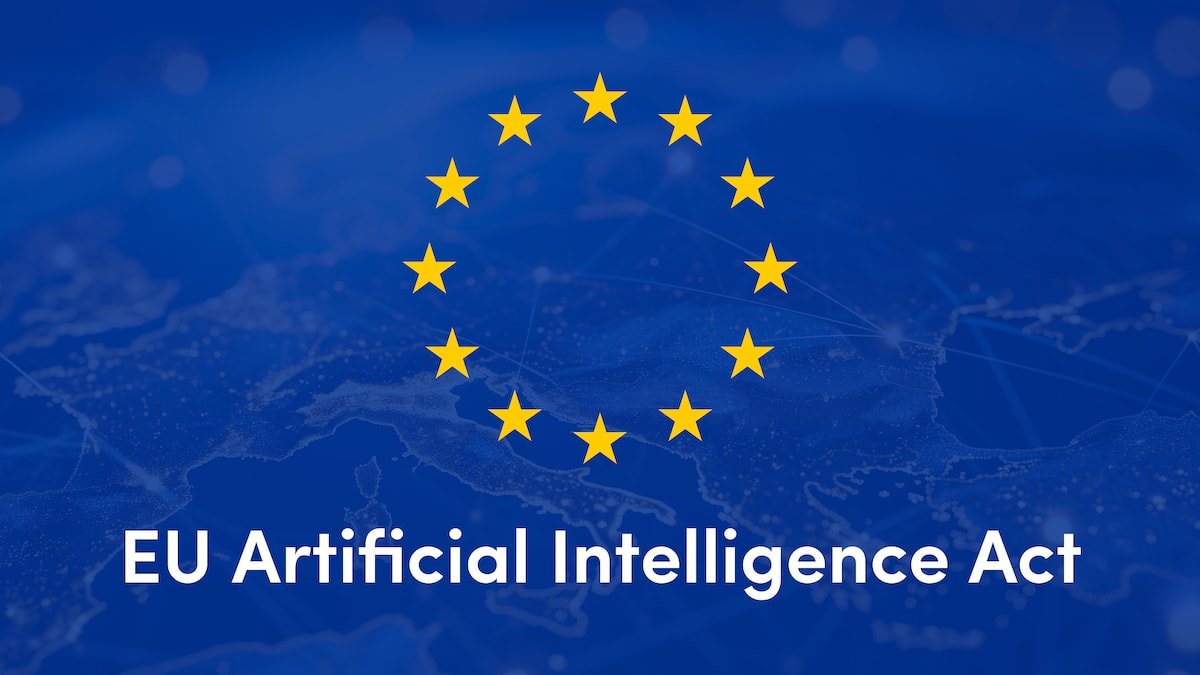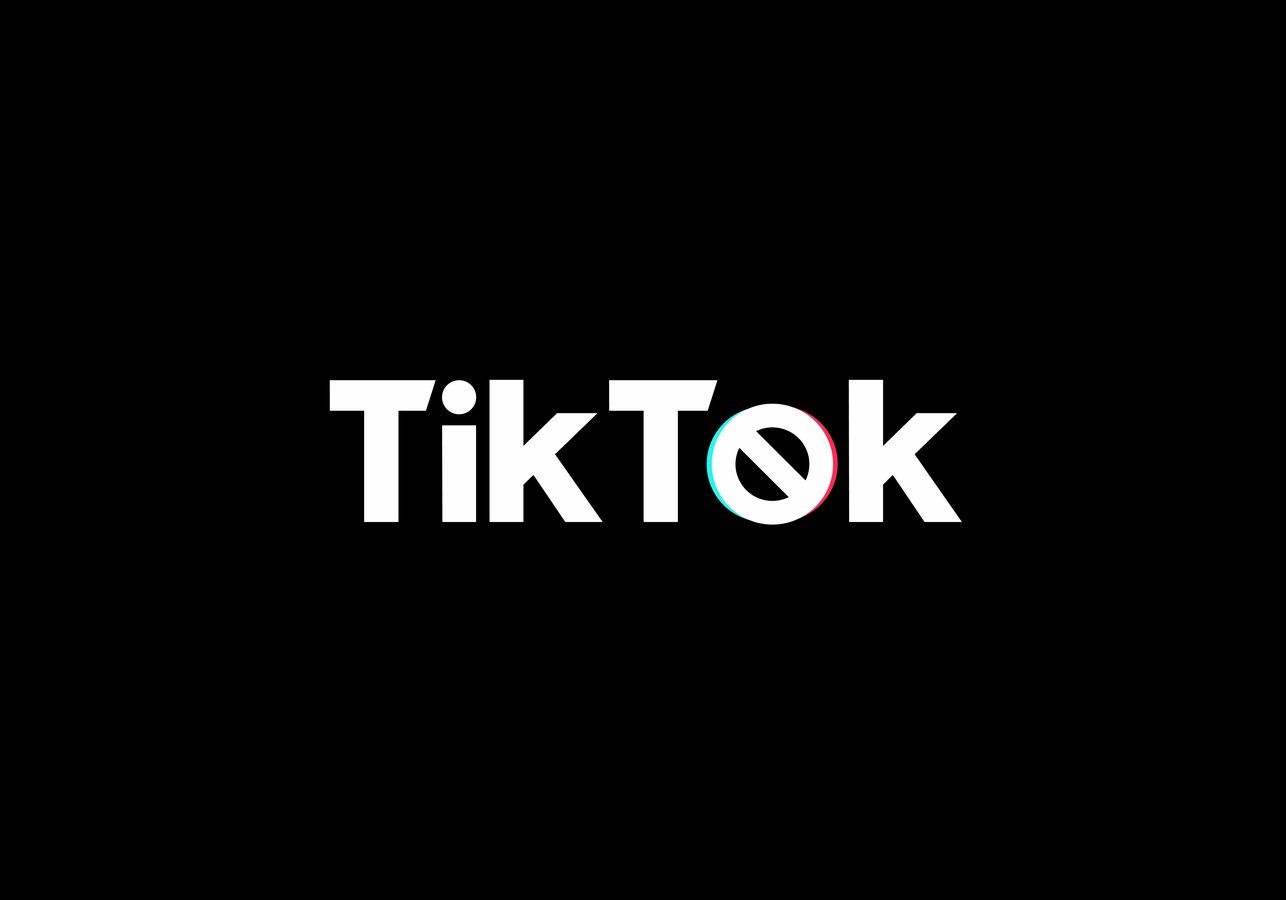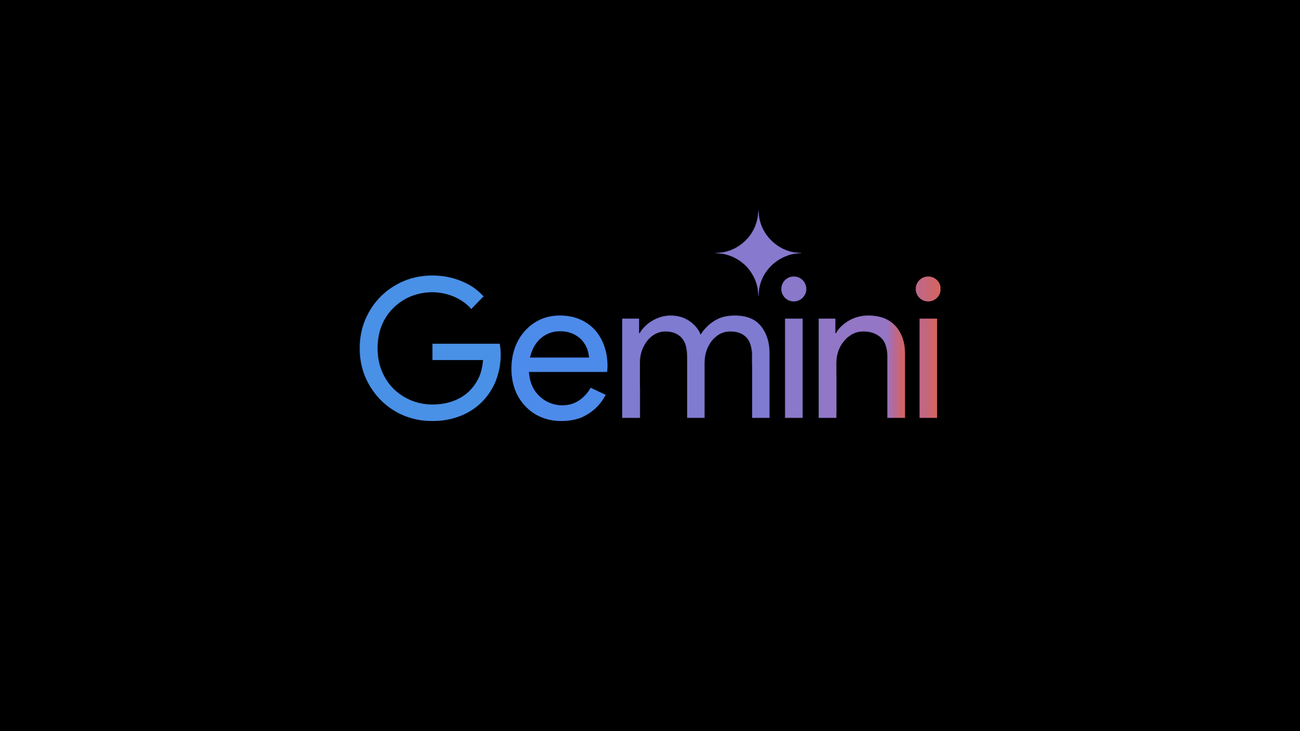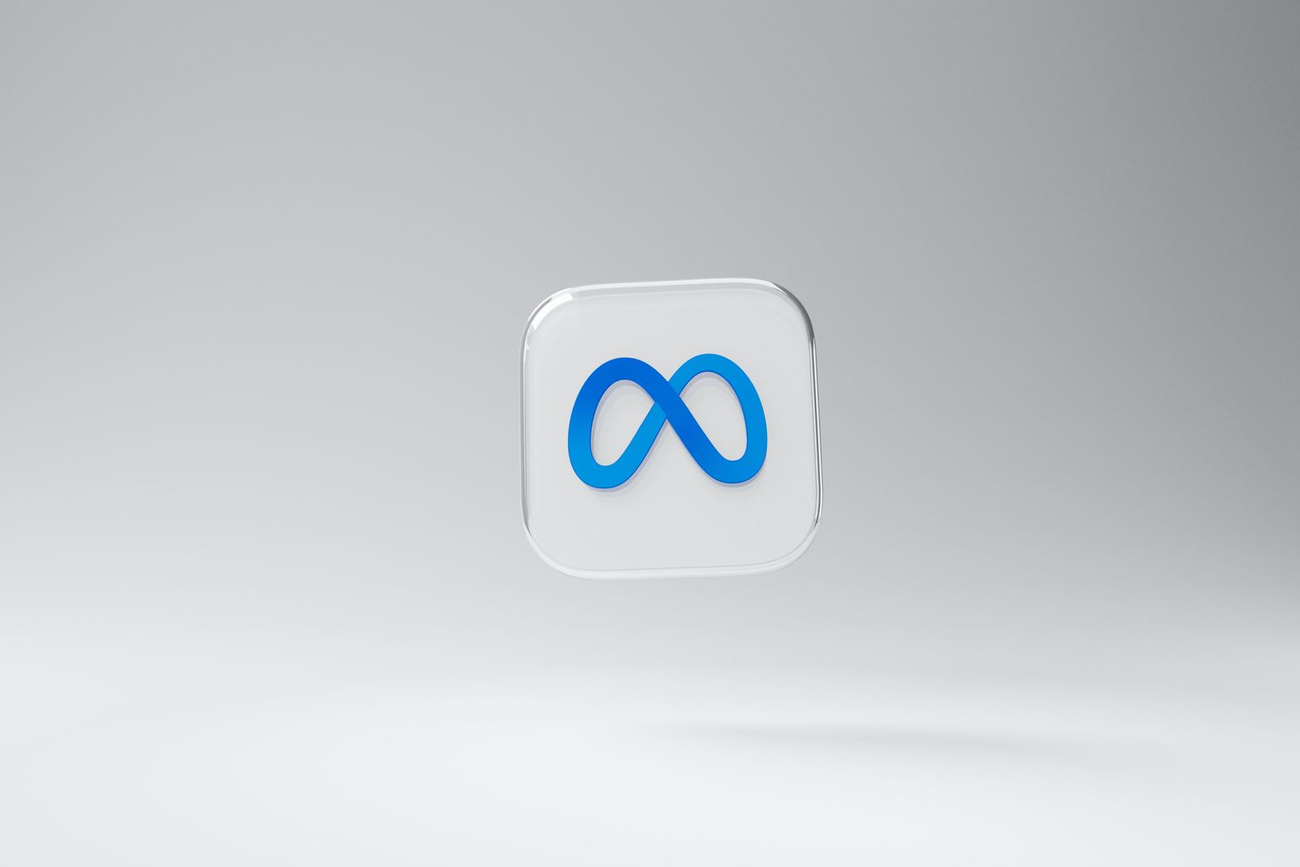Enhancing User Experience with Artificial Intelligence (AI)
Here's how AI and UX work together to enhance a customer's experience on your site.
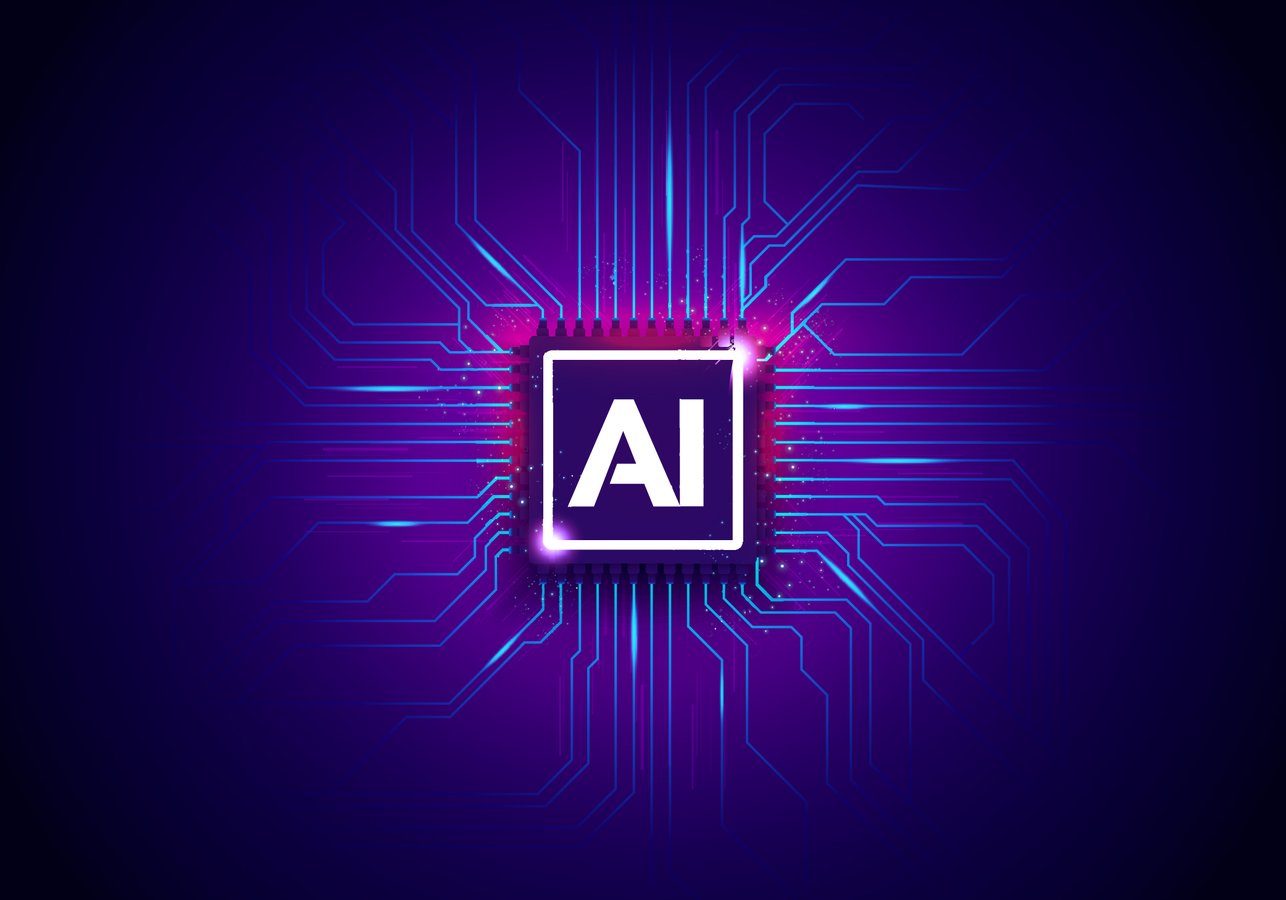
Artificial intelligence (AI) is changing the way marketers and brands think about user experiences.
User experience (UX) affects how we feel while interacting with a brand’s website, mobile application, or device. A strategic UX design can create a positive user experience that initiates a sense of loyalty to a brand. Thanks to innovation in AI technology and machine learning, companies now have a powerful way of delivering a more robust user experience.
So how does artificial intelligence have an impact on UX? Let’s learn how AI and UX work together to enhance a customer’s visit to your site.
What is AI?
AI (artificial intelligence) refers to systems or machines that mimic human intelligence to perform tasks and improve performance based on the information they collect. AI comes in a number of forms.
A few examples include:
AI is utilized to understand customer problems faster and provide more efficient answers
AI deconstructs critical information from large free-text datasets to improve scheduling
AI provides automated suggestions based on user behavior or habits
Both AI and UX are designed to interpret human behavior, analyze users’ interactions, and anticipate what someone will do next. With predictive analytics as a foundation, AI and UX create an opportunity for both companies and customers.
How Artificial Intelligence Improves UX
Algorithms
The process of developing a better UX comes down to AI algorithms. These algorithms can quickly process information then apply changes to optimize the data findings. By continually learning and adjusting, the algorithm improves the user experience to offer a more engaging, personalized experience.
Quantitative Testing
Key metrics help analysts develop a clear picture of user behaviors, patterns, and interests. AI professionals can use machine learning-based systems to track and evaluate UX metrics, such as:
- User device
- Location
- Session length
- Products viewed
- Bounce rates
Deep Learning
With deep learning, an AI system can analyze hundreds of different design variations and then come up with unique variations. This can be used to create UX functionality such as graphics or buttons on a website.
AI’s Impact on UX
AI can power UX activities ranging from the analysis of data to creating design deliverables. UX designers can use artificial intelligence to both improve the UX design process and enhance the user experience.
Here are other examples of AI’s profound effect on UX:
Smarter Content
AI algorithms can determine instrumental data, such as what blogs a person reads, email browsing data, visited websites, and the duration spent on those sites. This helps find out relevant content to create personalized emails for customers.
Artificial intelligence helps create smarter, more meaningful email content for each user by analyzing behavior patterns and interests. This helps create email communication that’s more relevant to the customer.
Automation
In the past decade, automation has become an integral aspect of marketing. Automation has the power to save people time, money, and effort, which is all great news for companies that want to outsource repetitive tasks.
Amazon is a leader in using automation to enhance UX. Amazon recently reported that 35% of its revenue is attributed to personalized product recommendations. Its algorithm matches each user’s previous purchases to similar products. It then compiles similar products into a recommendation list for each user.
This high-level automation allows companies to maximize returns and helps turn first-time visitors into lifelong customers.
AI Integrated Customer Support
Chatbots are great examples of AI integrated customer support. These virtual assistants are taking customer support to new levels through natural language processing. Chatbots quickly address queries and direct customers accordingly. AI also generates intelligent voice assistance (Siri, Google Assistant, and Alexa) to support customer service. Both technologies help manage the massive influx of customer questions or complaints.
Personalization
AI enables marketers to personalize communications on an individual level rather than a select targeted group. Whether it’s an email or a digital ad, consumers are more likely to interact with marketing that has a personalized message. In fact, Experian data indicates that emails with a personalized subject line are 26% more likely to be opened.
Data Processing
While better than machines at doing many things, humans are prone to making errors. We’re ‘only human’, right? This is particularly true when we process large quantities of data. AI technology helps reduce errors due to duplicated or out-of-date data. AI can process intelligence from many different sources without duplicating data. In fact, AI excels at processing large data sets and spotting trends and patterns in data.
For brands and marketers – this information is pure gold.
Will AI Replace UX Designers?
Well…not quite. Though AI technology has a major impact on business and marketing, it still has a long way to go. AI lacks certain traits and capabilities that only a human can offer. Chatbots add a nice element to the customer service experience, but people are still needed to manage them.
When we look at the user experience, AI excels at learning as machines learn more from new information and data. AI is best at testing ideas and collecting behavioral data. However, it cannot handle complex design tasks or overtake human creative thinking.
AI can help UX designers work smarter and be more effective. This concept is known as IA (Intelligence Augmentation). In this setting, AI technology is not replacing human skill, it’s empowering humans to work smarter and at a larger scale.
Speaking of creative thinking, Cuker builds effective, impactful, and purpose driven UX that connects. Find out how we can create a high-performance digital user experience for your brand.
Let’s Analyze the Intelligence
Artificial intelligence and UX design seem to be a winning combination for the future. AI offers innovative insight, closer engagement, specific content, faster processing, and more intuitive interfaces. AI also personalizes the user experience to be targeted at an individual’s preferences and challenges conventional interaction.
UX design created with AI technology boosts interaction, helps create brand loyalty, and improves the overall user experience.
That’s great insight for both brands and customers alike.
